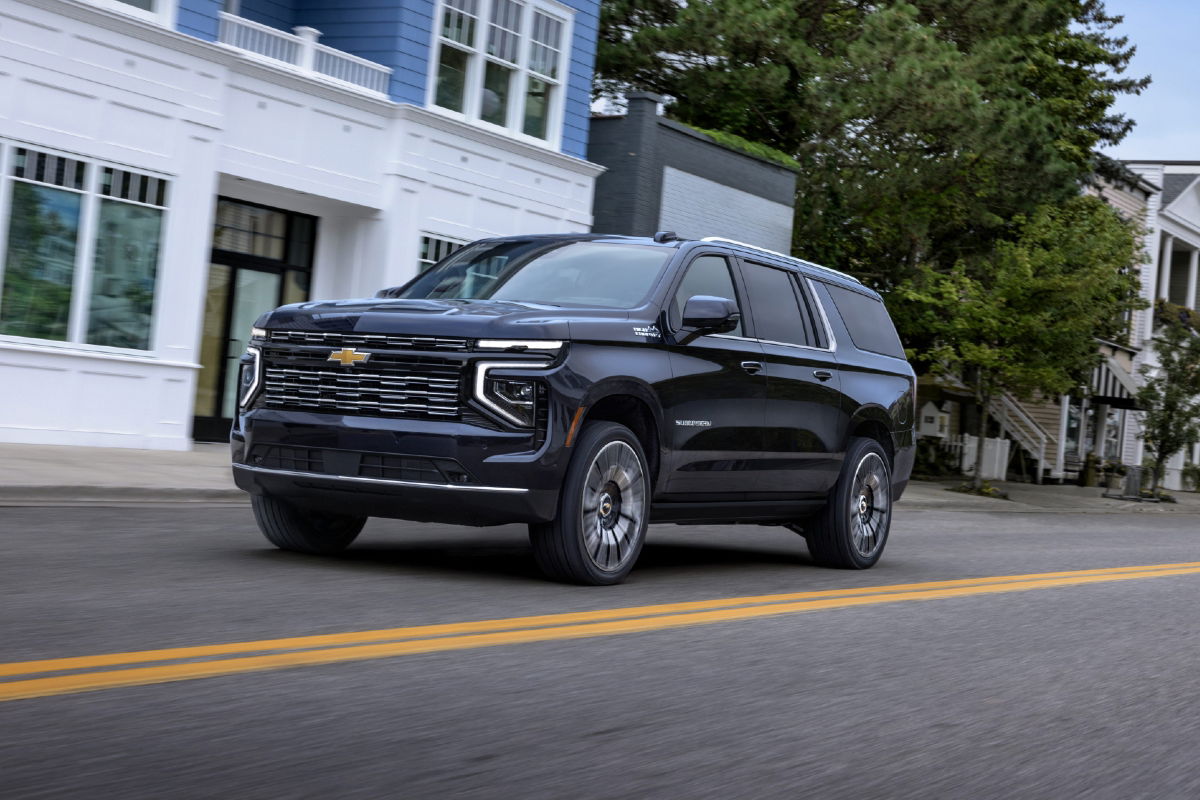Ram’s specialty is pickups, and while it does sell vans too, its ‘trucks’ are the backbone of its business.
However, Ram has finally decided to follow in the footsteps of its major rivals by confirming it’ll launch a full-size SUV, set to hit North American showrooms in 2026.
As reported by Automotive News, the SUV will be a part of a wider US$13 billion (A$19.8 billion) investment by Ram parent Stellantis into its North American brands, which includes Dodge, Jeep and Chrysler.
Set to be built in Michigan at the facility where the Jeep Wagoneer and Grand Wagoneer are produced, the Ram SUV will be offered with a petrol-only and a range-extender powertrain, suggesting it’ll be based on the same platform as the Ram 1500 pickup.

In the Ram 1500, the 5.7-litre Hemi V8 and twin-turbo 3.0-litre ‘Hurricane’ straight-six engines are the most popular offerings, while the 1500 REV (previously set to be called the Ramcharger) is an upcoming extended-range electric vehicle, which uses a 3.6-litre V6 engine to charge its onboard battery that powers two electric motors.
By offering a pickup-based SUV, Ram would have a competitor to the Ford Expedition (based on the F-150), the Toyota Sequoia (based on the Tundra) and the Chevrolet Suburban (based on the Silverado 1500).
While the US doesn’t get the full-size Toyota LandCruiser 300 Series – instead receiving what’s sold here as the 250 Series Prado as its Land Cruiser – the Ram SUV would also become a likely competitor to the likes of the Nissan Armada (sold in Australia as the Patrol).
The possibility of the Ram SUV coming to Australia is also not totally out of the question. The aforementioned LandCruiser 300 and Patrol dominate the large SUV market locally, while General Motors recently added the GMC Yukon (a rebadged Chevrolet Suburban) to its Australian lineup.
Ram has consistently had the top-selling pickup locally in the 1500, though it still only manages about half the sales at best of the Patrol.
Locally, Ram’s left- to right-hand drive conversions are soon set to move to a much larger Walkinshaw-owned facility in Melbourne, said to be capable of housing production to 20,000 vehicles per year.
Should Ram decide to bring the SUV to Australia, there would be more than enough production headroom in the new facility to accommodate it.
However, Australia’s New Vehicle Efficiency Standard (NVES) are related emissions penalties might make any potential launch prohibitively expensive.
















Discussion about this post